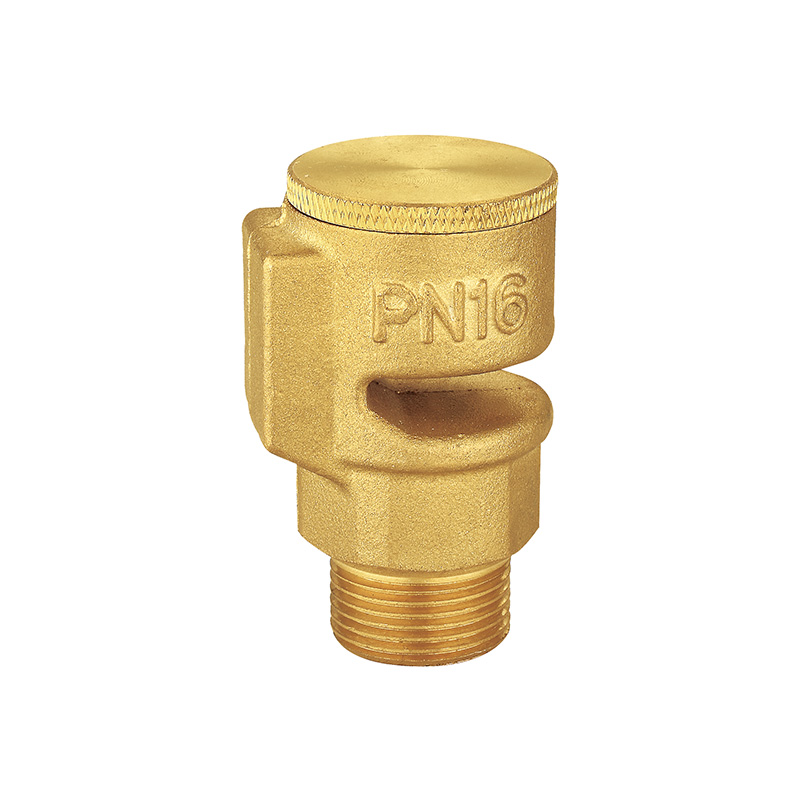Plumbing Hydraulic Valves: A Comprehensive Selection Guide
Plumbing Hydraulic Valves Manufacturer are integral components in any plumbing system that uses fluid power, from industrial machinery to various commercial and residential applications. These valves help control the flow and pressure of liquids within the system, ensuring that hydraulic systems operate efficiently and safely. The proper selection of hydraulic valves is essential for achieving the desired performance and longevity of the plumbing system.

Some common types of hydraulic valves include:
Check valves: Prevent backflow in the system.
Pressure relief valves: Ensure the system does not exceed safe pressure limits.
Flow control valves: Regulate the speed of fluid flow.
Directional control valves: Control the direction in which the fluid flows.
The proper selection of these valves is essential for the efficiency and reliability of the plumbing system.
When selecting hydraulic valves for plumbing systems, several key factors need to be taken into account to ensure the valve performs as expected and matches the specific requirements of the application.
1. Flow Rate
The flow rate of a hydraulic valve refers to the volume of fluid that the valve can pass in a given period. It is typically measured in liters per minute (LPM) or gallons per minute (GPM). Ensuring that the valve can handle the required flow rate is critical for system performance.
If the flow rate is too high, the system may experience excessive pressure or heat buildup, potentially damaging components. On the other hand, if the flow rate is too low, the system may not function efficiently, suboptimal performance.
2. Pressure Rating
Every hydraulic system operates within a specific pressure range, and the valve must be selected based on the system's pressure requirements. Each valve is designed to operate safely within a specified pressure range, usually indicated by its working pressure.
If a valve is subjected to pressure beyond its rated capacity, it may fail, causing leaks or even catastrophic system damage. Therefore, it is essential to select a valve that matches or exceeds the pressure rating of the system.
3. Valve Type
There are various types of hydraulic valves, each designed to perform specific functions. Understanding the type of valve required for your plumbing system is crucial:
Check Valves: These valves allow fluid to flow in only one direction, preventing backflow that can damage equipment and affect system efficiency.
Pressure Relief Valves: They help regulate the system's pressure by releasing fluid when the pressure exceeds a certain threshold, ensuring that the system operates within safe limits.
Flow Control Valves: These valves are used to control the speed of fluid flow, allowing the operator to adjust the movement of hydraulic components such as cylinders or motors.
Directional Control Valves: These valves control the direction of fluid flow within the system, ensuring that it reaches the appropriate component in the correct direction.
Choosing the correct valve type based on the system's specific requirements will enhance the efficiency and longevity of the entire hydraulic system.
4. Material Compatibility
The material composition of the hydraulic valve is another important consideration. The valve must be compatible with the type of fluid being used in the system, as certain materials may degrade when exposed to specific fluids. Common materials for hydraulic valves include steel, stainless steel, brass, and plastic, each offering varying levels of durability and resistance to corrosion.
Steel and Stainless Steel: These materials are often preferred for high-pressure applications and environments where the valve may be exposed to harsh chemicals or high temperatures.
Brass and Aluminum: These are typically used for lower-pressure applications where corrosion resistance is important but the pressure demands are less stringent.
Selecting the right material ensures that the valve will maintain its integrity and performance over time.



 English
English русский
русский Español
Español عربى
عربى


